What’s a Herniated Disc and What Causes It?
What’s a Herniated Disc and What Causes It?
Back pain brings your world to a grinding halt, as you struggle to sit, get up, stand, walk, bend, and all the other essential movements you once took for granted. Globally, back pain is the number one cause of disability, and in the United States, it accounts for 264 million lost work days every year.
Of course, sprains, strains, degenerative diseases, and fractures can all cause back pain, but it could be a herniated disc. This common condition is most prevalent among those between 30-50 years of age, and typically affects women twice as often as men, but no one is immune.
Here at Elite Physical Medicine in Mason, Ohio, Lawrenceburg, Indiana, Hebron, Kentucky, and Batesville, Indiana, our team of specialists helps our patients fully understand herniated discs, knowing that knowledge is a key component in treatment, recovery, and overall wellness.
What’s a vertebral disc?
Vertebral discs, also known as spinal discs, sit between the bones (vertebrae) in your spine. Your vertebrae are stacked in a long column that makes up your spine, and without your discs, these bones would rub painfully against one another. The main purpose of the vertebral disc is three-fold:
- To act as a shock absorber
- To connect one vertebra to the next,
- To make spinal movement possible
Each disc has two components, an outer shell, and an inner core.
Annulus
The outer part, called the annulus, is a tough, fibrous circle made of concentric sheets of collagen. The annulus has cartilage-like plates at each end to connect itself to the vertebrae below and above it.
Nucleus
The annulus shell protects the inner portion of the disc, called the nucleus, which contains loose fibers floating around in a protein gel and gives the discs its characteristic cushion effect.
Why would a disc cause pain?
Because your spinal discs support your spinal column and bear your body weight and the impact of the activity, they’re vulnerable to injury.
There are two main types of pain associated with your discs: primary and secondary. Primary disc pain occurs when the problem is in the disc itself. If it becomes dehydrated or it degenerates with age, it causes chronic pain. However, most disc-related pain is secondary, meaning your disc isn’t in pain, but it’s causing pain somewhere else because it’s pinching a nerve.
Defining the herniated disc
If and when the annulus portion of any disc suffers damage, the nucleus pushes outward, much like a squashed jelly donut. The nucleus bulges out and presses on a nearby nerve or two, and you feel the pain of a herniated disc.
In addition to or instead of pain, you may also feel tingling, numbness, weakness, and lack of mobility due to a herniated disc.
Herniated discs most often occur in the lower back, called the lumbar region. In fact, if you’re between the ages of 25-55, you have a 95% chance of experiencing a herniated disc between the two vertebral joints at the lowest section of your spine — L4-L5 and L-5 S-1.
But just because that’s the most common spot on your spine for a herniated disc, doesn’t mean it can’t happen elsewhere. Cervical herniated discs in the neck area are common as well.
Why do herniated discs happen?
In relatively healthy and fit people, herniated discs are typically the result of an accident or sports injury.
Often, a herniated disc occurs if you lift heavy objects improperly. Using your back instead of your legs as the main muscles involved in the lift, or twisting as you lift, can easily damage your discs.
Another common cause of herniated discs is simply being out of shape. If you lead a sedentary lifestyle and your muscles are weak, they won’t support your spine. That means your spine takes on too much pressure, and often your disc is the part that gives way.
Disc problems with similar names
If you’re confused about the similar-sounding names of various disc conditions, here’s a brief explanation of each:
- Herniated disc, a tear in the annulus with protruding nucleus (like a leaky jelly donut)
- Bulging disc, annulus remains intact but bulges out evenly (like a hamburger bigger than the bun)
- Slipped disc, another name for herniated disc
- Ruptured disc, another name for a herniated disc
Regardless of what it’s called, our team at Elite physical Medicine can help. Often, the best course of action is chiropractic care and physical therapy to help relieve pressure. This allows your disc to heal and stop compressing your nerves.
If your symptoms are severe, and you need to stop the pain in order to participate in the healing therapies, we may suggest joint injections or nerve blocks for immediate pain relief. Once we meet with you and evaluate your condition, we can make recommendations for a treatment plan that will get you out of pain and back among the moving as quickly as possible.
If you suspect a herniated disc or if you want to learn more about our proven treatments, contact us at either of our two locations in Mason, Ohio, Lawrenceburg, Indiana, Hebron, Kentucky, and Batesville, Indiana, by phone or online today.
